Image Classification: Feature Selection, Data Augmentation, and Transferred Learning
- College: New York Institute of Technology
- Course: DTSC 870 - M01/Spring 2022
- Advisor: Dr. Cao
- Team: Micheal Trzaskoma and Hui (Henry) Chen
Introduction
Computer vision is a growing area of interest utilizing computers to evaluate visual input for various tasks, one of these tasks being image classification. When working with visual data for classification, one of the limitations is the lack of available labeled image data to train models. This project explores several methods to combat the limited image data which are feature modification and selection, data augmentation, and transfer learning. These methods were applied to convolution neural networks and support vector machines where applicable within experiments trying to optimize the accuracy of image classification. The two domains of classification explored in this project are medical data utilizing a MRI brain tumor dataset , and emotion recognition using the facial emotion recognition 2013 dataset.
Objective
To explore the techniques of feature selection, data augmentation, and transfer learning seeking to improve Machine/Deep Learning model (SVM and CNN) image classification accuracy on medical and emotion recognition.
Tools and Technologies

Datasets
All datasets are available on Kaggle:
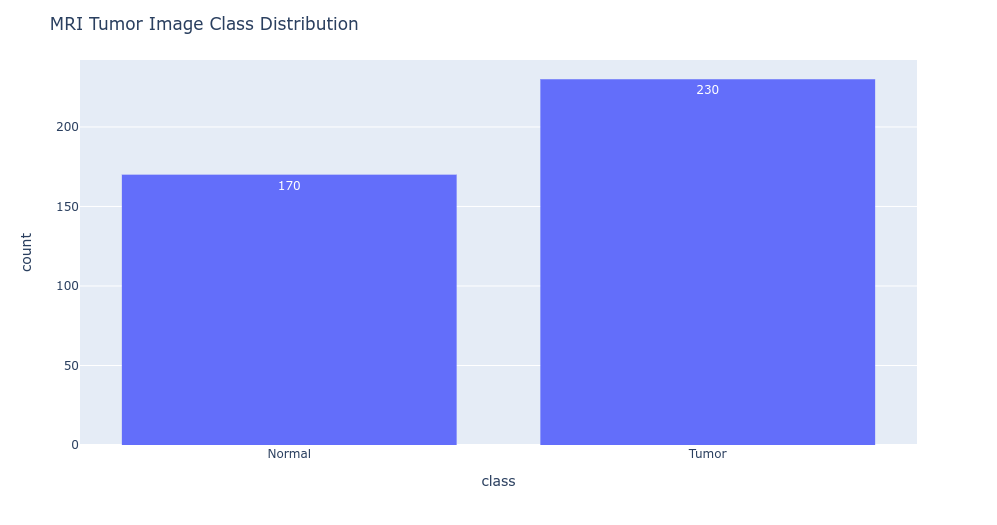
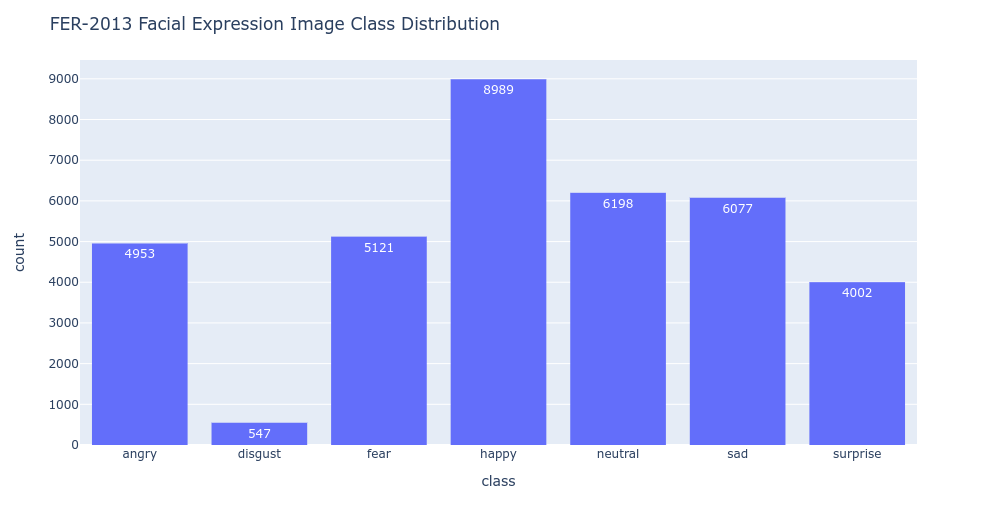
Experiment Results
The following visuals are our experiment results for SVM and CNN models.
MRI Brain Tumor Dataset
SVM
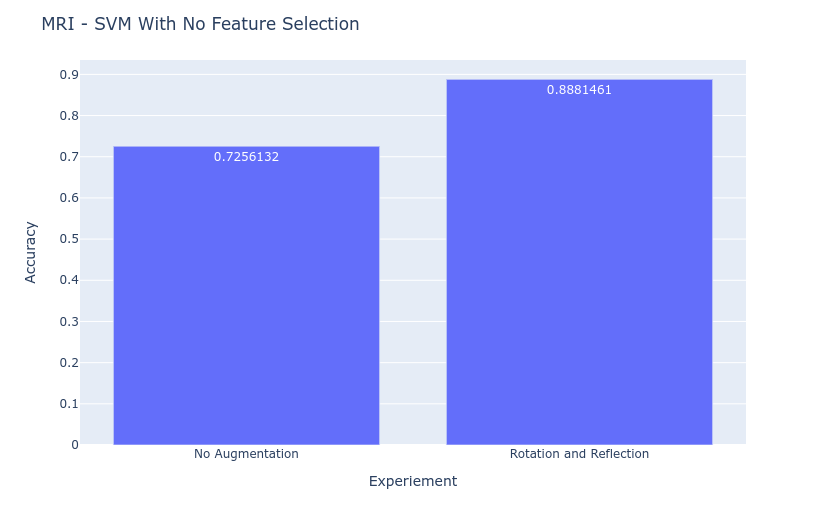
| Raw Pixel Features (Without PCA) |
PCA Variance | # of Features |
|---|---|---|
| 100% | 279 | |
| 99% | 245 | |
| 97% | 206 | |
| 196608 | 95% | 179 |
| 90% | 131 | |
| 80% | 77 | |
| 70% | 46 |

| Raw Pixel Features (Without PCA) |
PCA Variance | # of Features (Without PCA) |
LBP (P : 8, R : 1) |
LBP (P : 16, R : 2) |
LBP (P : 24, R : 3) |
|---|---|---|---|---|---|
| 100% | 279 | 279 | 279 | 279 | |
| 99% | 245 | 272 | 273 | 273 | |
| 97% | 206 | 262 | 264 | 265 | |
| 196608 | 95% | 179 | 253 | 255 | 257 |
| 90% | 131 | 232 | 235 | 239 | |
| 80% | 77 | 193 | 200 | 205 | |
| 70% | 46 | 158 | 166 | 173 |

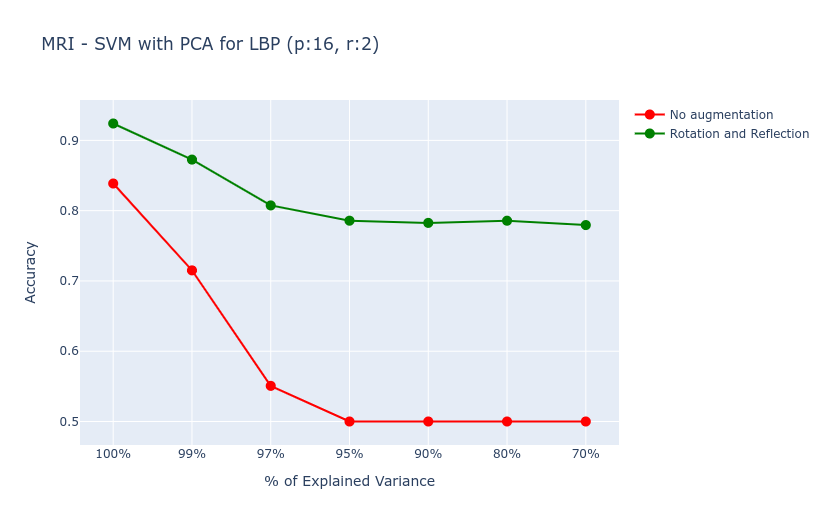


CNN
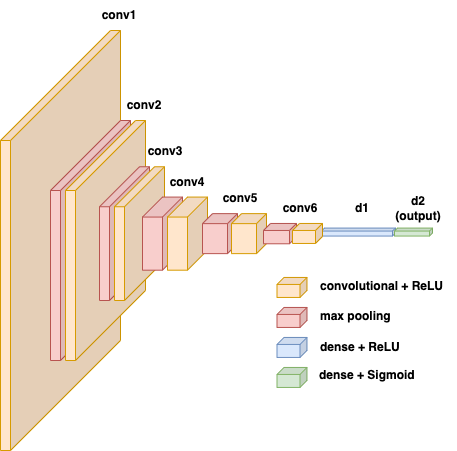
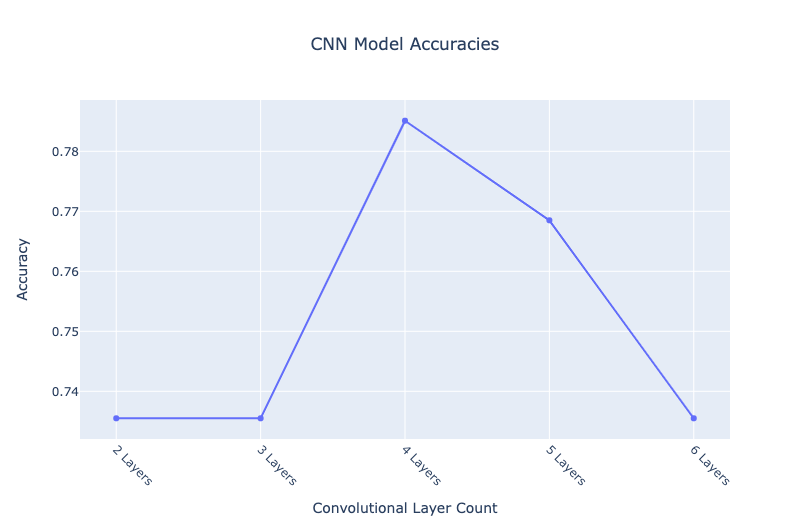
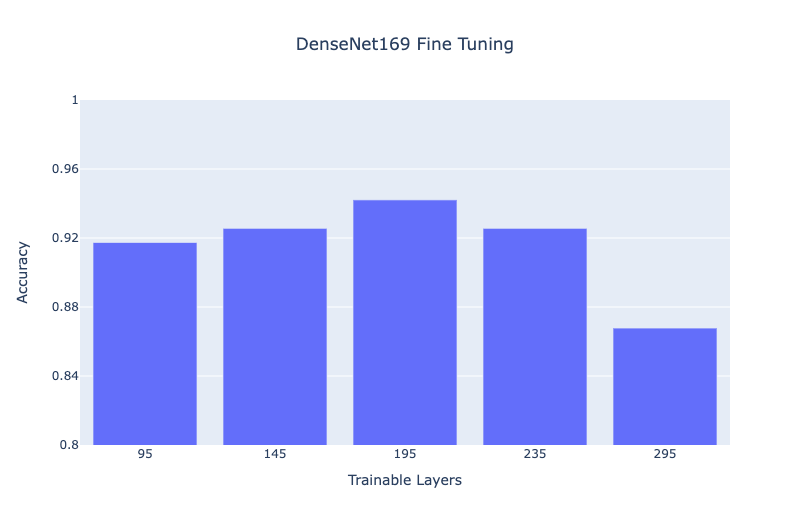
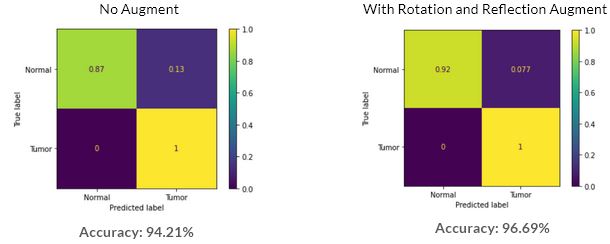
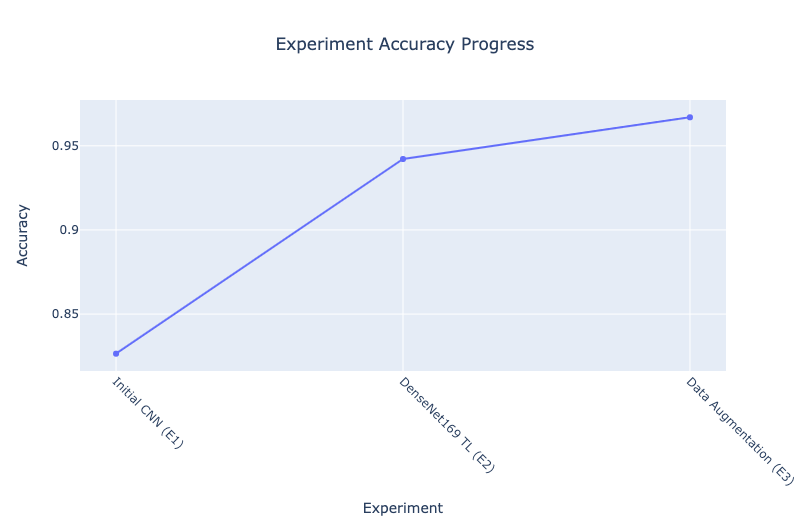
FER-2013 Facial Dataset
SVM
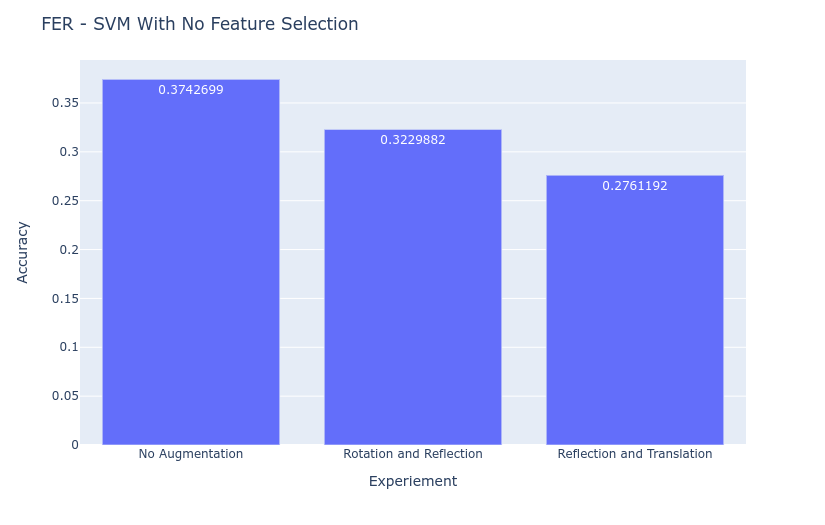
| Raw Pixel Features (Without PCA) |
PCA Variance | # of Features |
|---|---|---|
| 100% | 2304 | |
| 99% | 904 | |
| 97% | 425 | |
| 2304 | 95% | 256 |
| 90% | 104 | |
| 80% | 32 | |
| 70% | 13 |
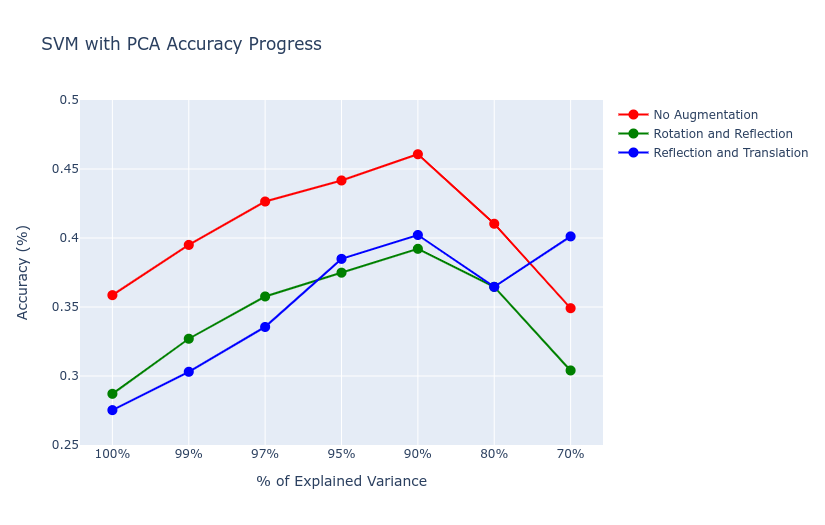
| Raw Pixel Features (Without PCA) |
PCA Variance | LBP (P : 8, R : 1) |
LBP (P : 16, R : 2) |
LBP (P : 24, R : 3) |
|---|---|---|---|---|
| 100% | 10 | 18 | 26 | |
| 99% | 8 | 13 | 18 | |
| 2304 | 97% | 7 | 10 | 13 |
| 95% | 4 | 6 | 7 | |
| 86% | 2 | 2 | 2 |

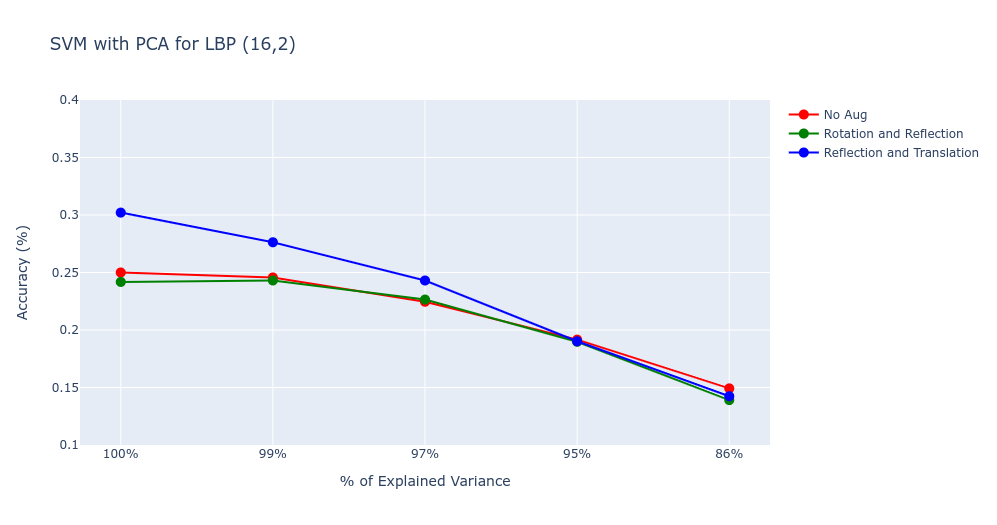
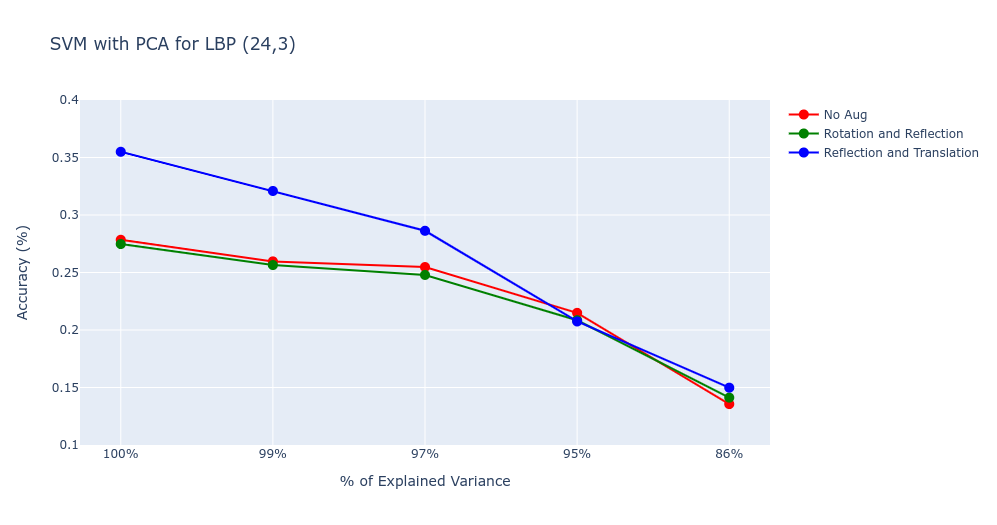
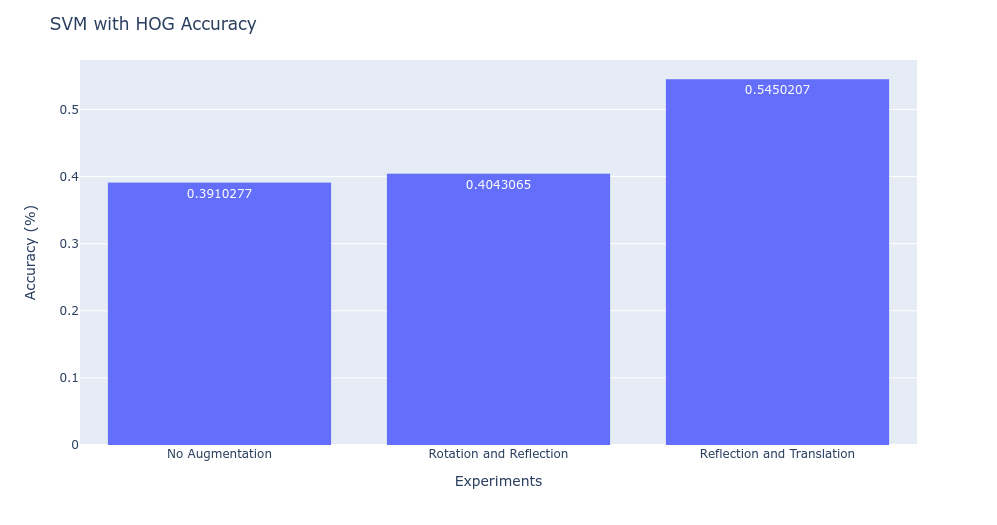

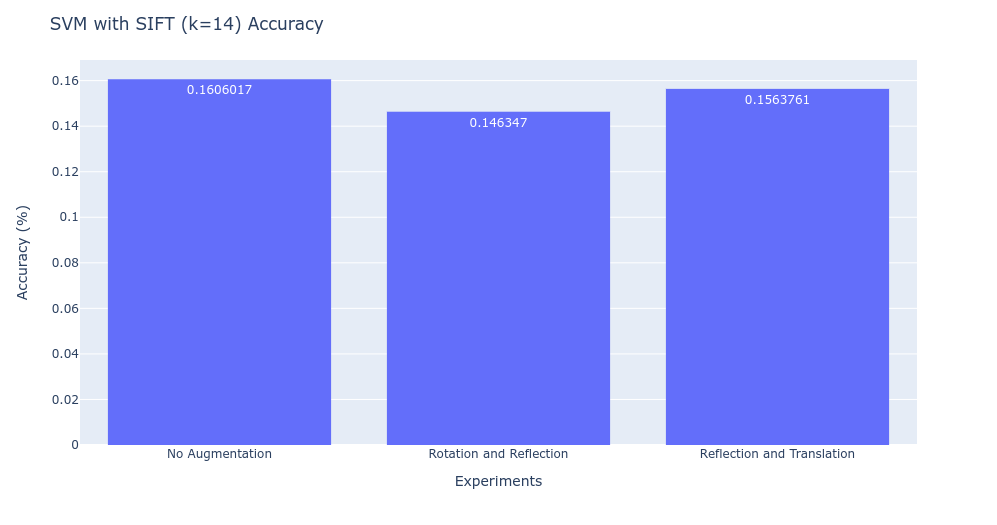
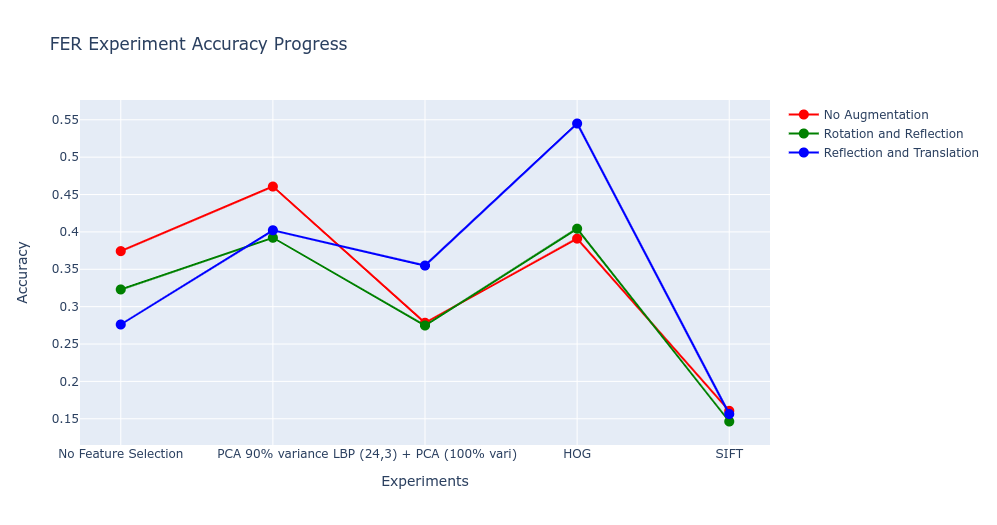
CNN
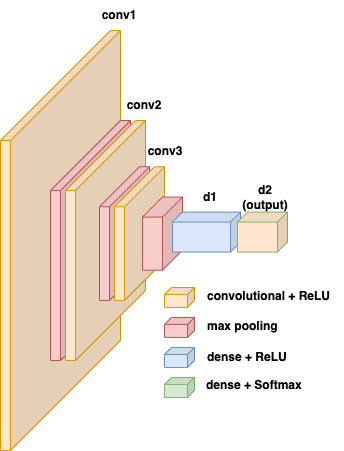
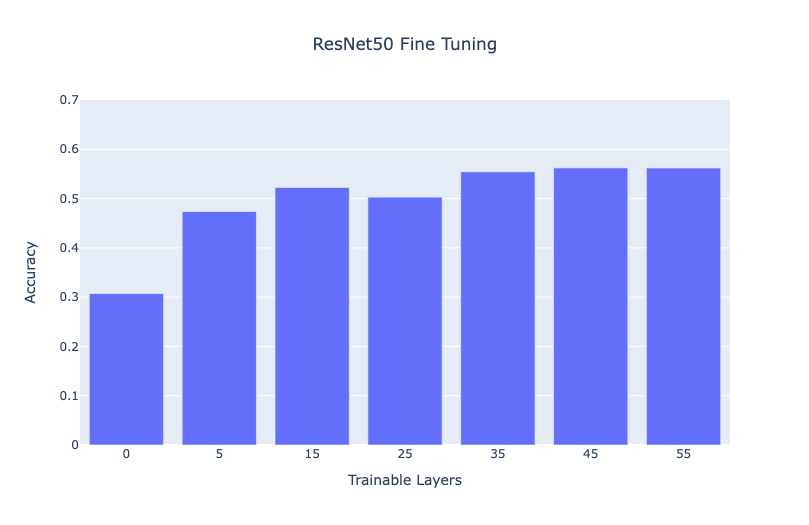
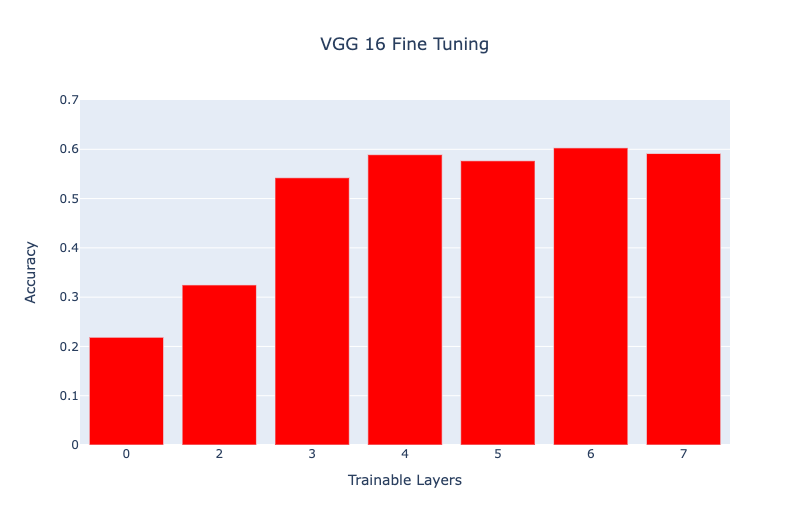
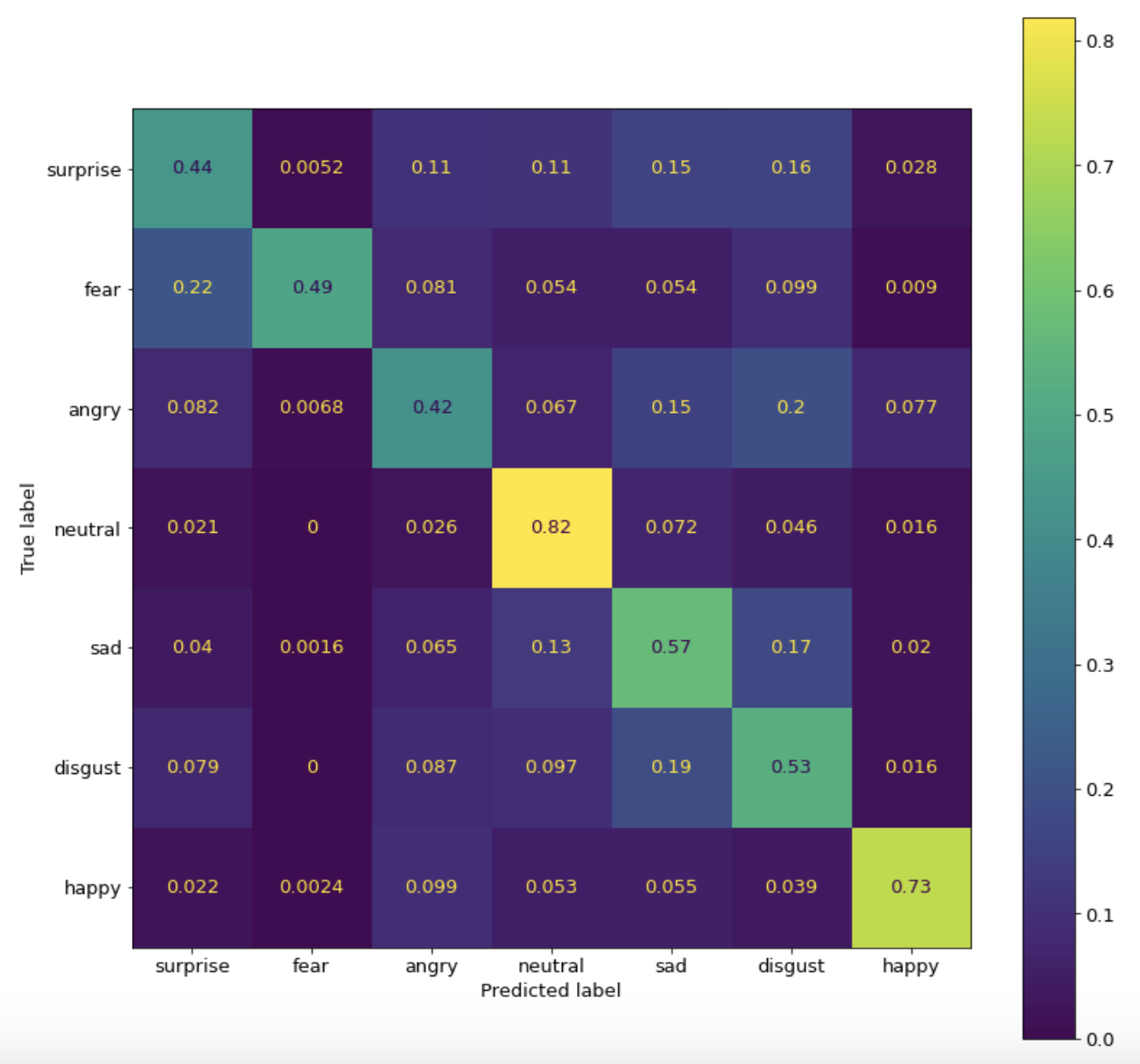
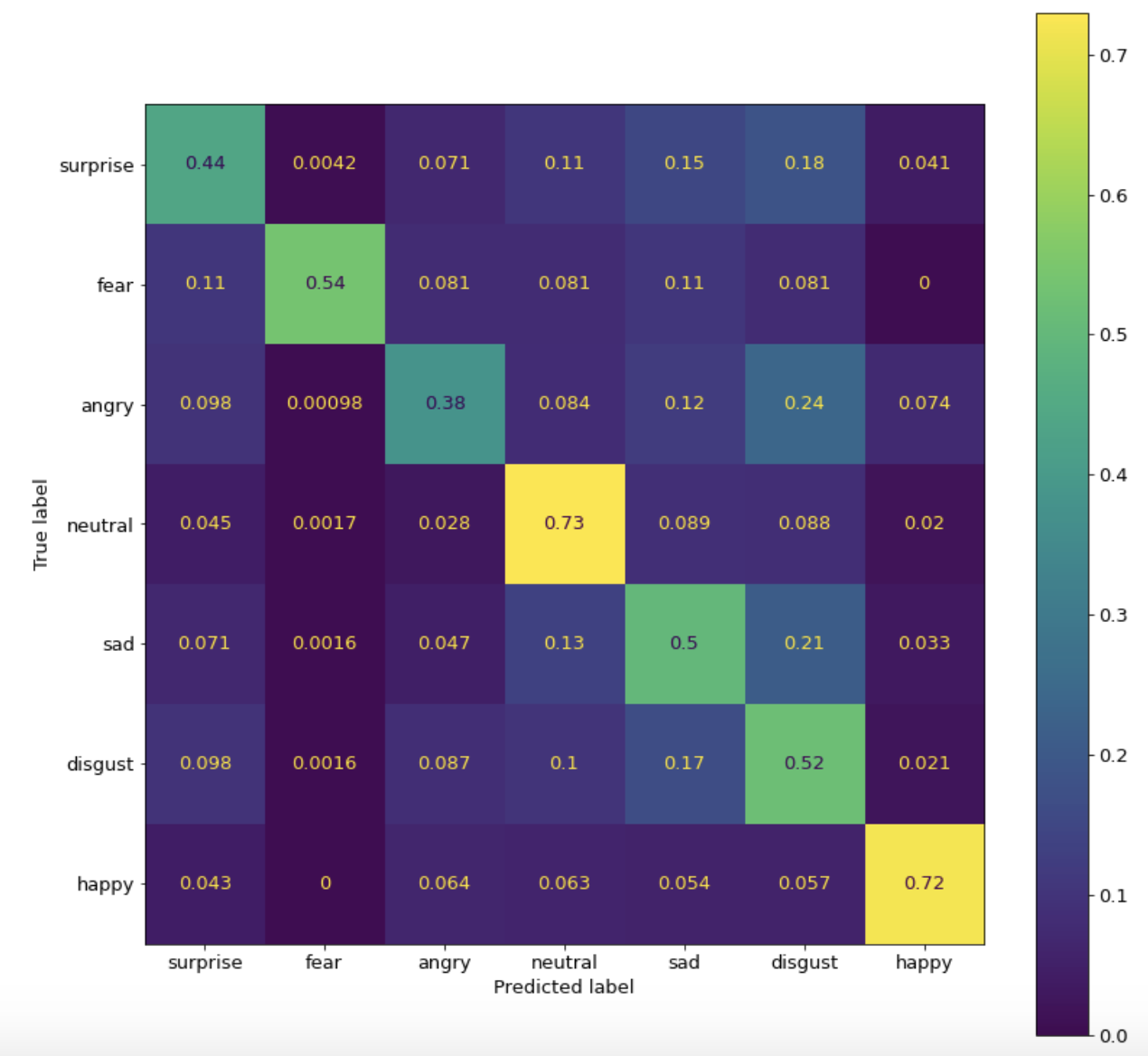
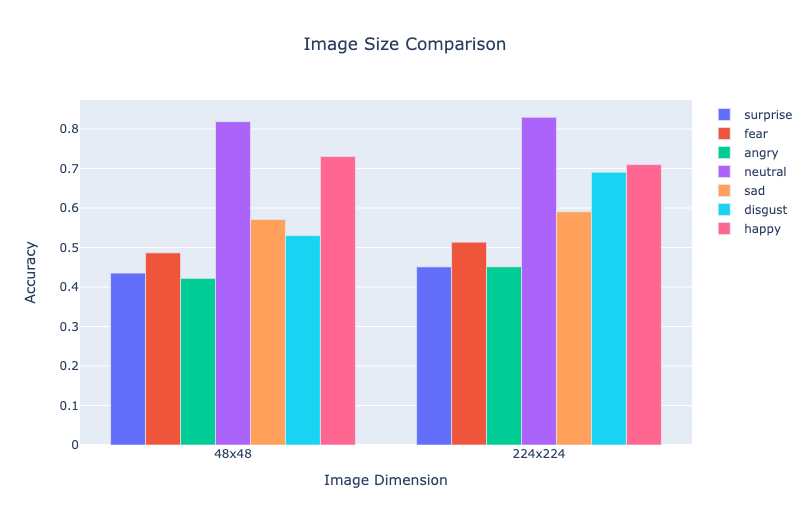
| No Augmentation | Reflection and Rotation | Reflection and Translation |
|---|---|---|
| 64.11% | 62.52% | 64.43% |

Reports
- Final Report: here
- Presentation Slide: here
- Presentation Video: Coming Soon!
- Bi-Weekly Reports: here

